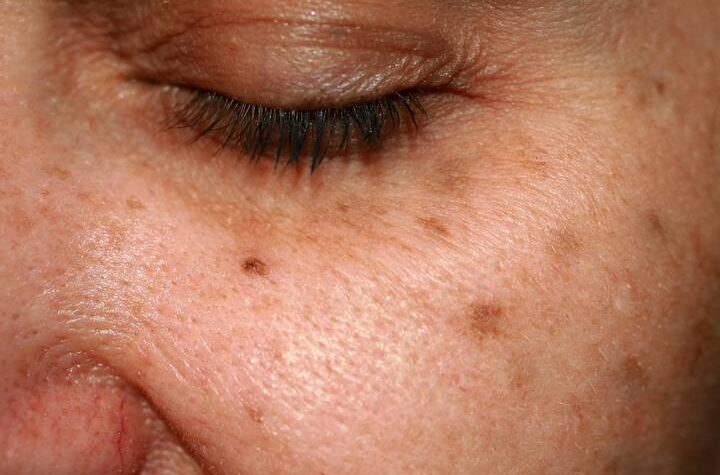Sun spots are flat, brown, and harmless. They appear on the skin in some people as a response to sun exposure. Although they can be removed, sun spots are noncancerous and pose no risk to your health. These are normal skin imperfections and aren’t anything to worry about.
Although they aren’t dangerous, many people don’t like having sun spots. They seek sun spot removal treatments to restore their skin’s appearance. These treatments are the best options for removing the sun spots on your skin.
Before seeking treatment, you may want to better understand what sunspots are. You should learn where they appear, their cause, and what you can do about them. Here is a comprehensive guide about sun spots on skin:
What Do Sun Spots Look Like?
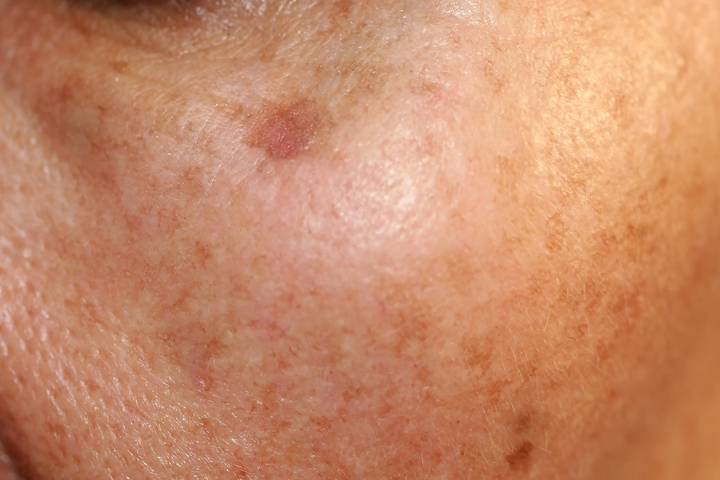
Sun spots are flat and oval. They look like increased pigmentation, often tan or dark brown. Size-wise, the average sunspot can be as large as a half-inch across. In rare cases, a sunspot may be larger.
2. Why Do Sun Spots Occur?
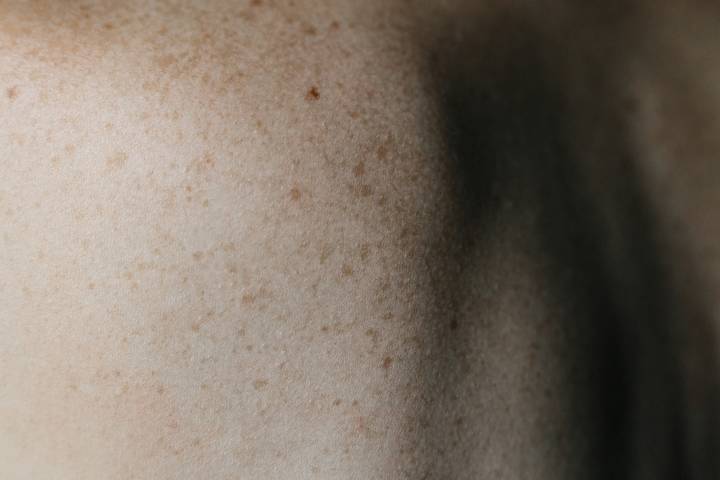
Sunspots are the skin’s attempt to protect itself from more sun damage. The true cause of sunspots is overactive pigment cells. As the UV light hits the skin and increases melanin production, on skin that has had years of skin exposure, high concentrations of melanin are produced and clumped together, resulting in sun spots. They can occur from tanning lamps and beds as well.
3. Where Do Sun Spots Occur?
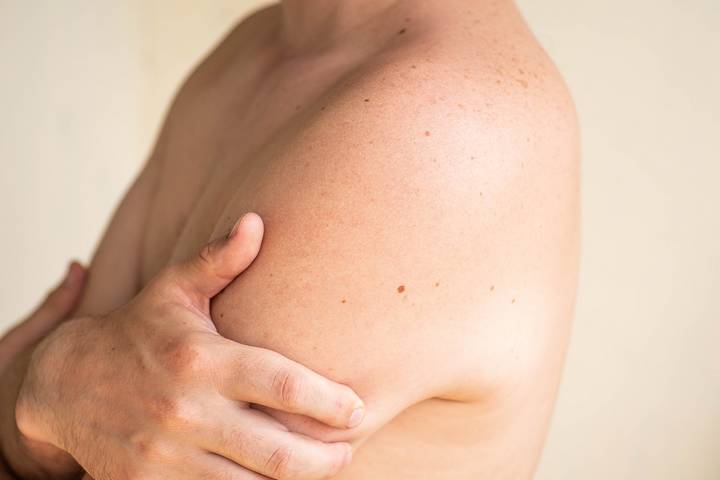
Sunspots are tied directly to sun exposure. In that respect, areas most likely to see sunspots are the face, hands, shoulders, and arms. Any part of the body exposed to sunlight can develop sunspots. If you notice similar-looking spots in areas of the body that are not usually exposed to sunlight, they may not be sunspots. Speaking with a physician is strongly recommended to verify that what you have are indeed sun spots.
4. Who Is Most Likely To Get Sun Spots?
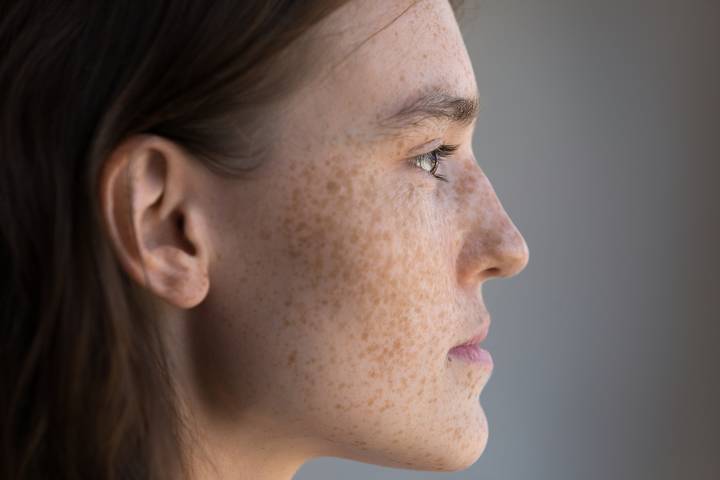
Sunspots are also sometimes called ‘age spots, ‘liver spots, and ‘solar lentigines.’ These terms all mean the same thing. Sunspots are most common in individuals above 50, although anyone who spends a lot of time in the sun can get them. They are more likely in adults with light skin. If you’re someone who has had a history of intense sun exposure or sunburns, you are also at an increased risk of developing sun spots.
5. Are Sun Spots Freckles?
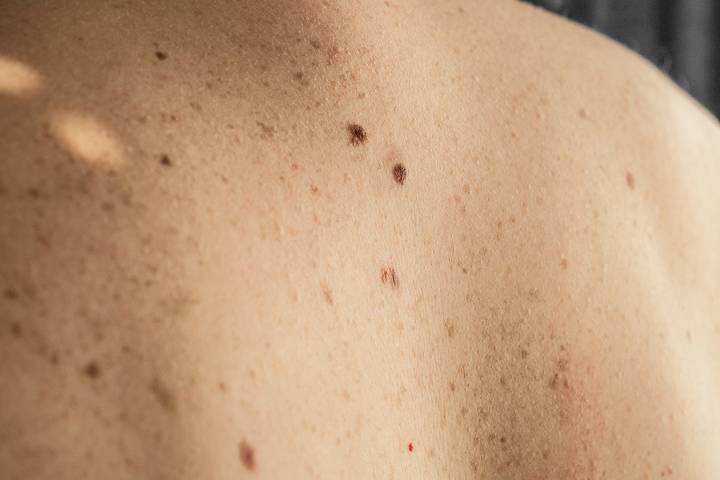
No, sun spots are not freckles. There are some similarities. Freckles are also flat and small and are found in groups. However, they appear younger and fade in most people as they age. Sunspots, by comparison, develop when the skin makes too much melanin. They typically appear in a single spot and are larger than freckles. Sun spots also do not fade and, without intervention, should be considered a permanent alteration of the skin image.
6. Can I Prevent Sun Spots?
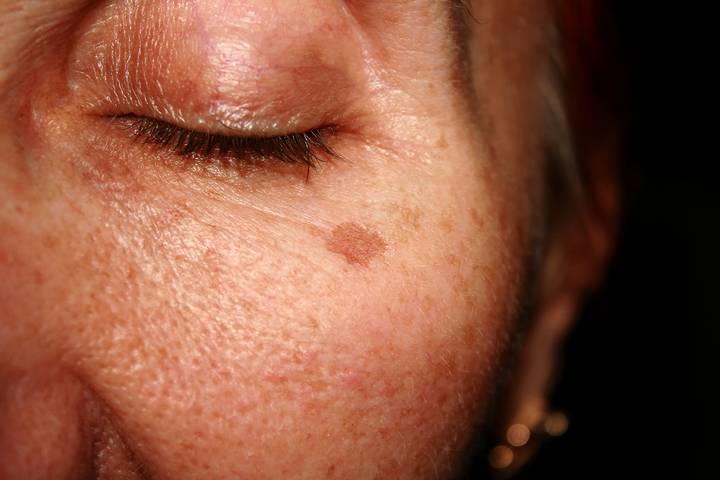
Avoiding too much sun exposure is the best way to prevent sun spots. Avoid the sun between 10 am and 2 pm when the sun’s rays are most intense. Use sunscreen with an SPF of 30 or higher, reapplying regularly. You greatly reduce the risk of developing sun spots when you limit sun exposure. If you use tanning beds, stop using them. It has the same effect on the skin as sun exposure.
7. Can Sun Spots Be Treated?
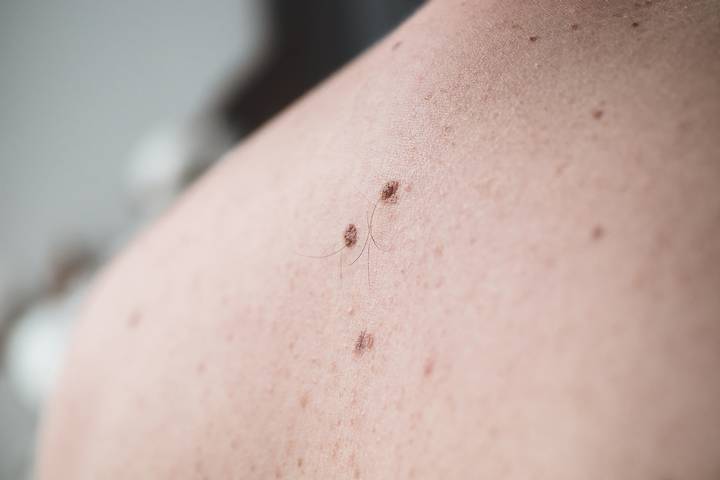
There is sun spot treatment available, either to lighten or remove them. Certain prescription bleaching creams may gradually fade the spots over months. Laser and intense pulsed light therapy can destroy the melanin-producing cells without damaging the skin. Dermabrasion, microdermabrasion, cryotherapy, and chemical peels are all possible options, some with fewer risks than others.
8. Are There Home Remedies For Sun Spots?
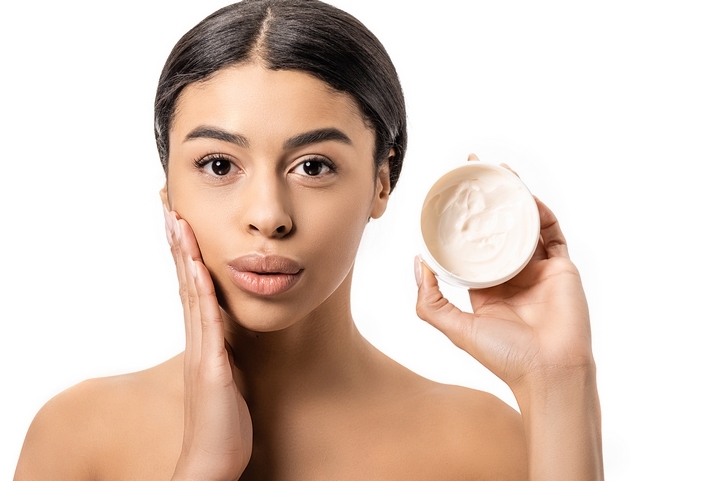
Sunspots can’t be treated as effectively at home. Some non-prescription fade creams may help to lighten age spots. However, they do take several weeks and possibly months to work. They may also irritate the skin, especially those containing the ingredient hydroquinone. If you want to attempt to use a sunspot fading cream, find a product that contains hydroquinone, glycolic acid, or kojic acid, all of which are known to be effective in most people. That said, products like these often produce mixed results. As an alternative, some people apply makeup to make sun spots less noticeable.
9. Should I See A Doctor?

As mentioned, sun spots are not medically wrong and do not require medical intervention. If you notice that they turn black, are increasing in size, have an irregular border, are an unusual combination of colours, or start to bleed, these are all warning signs that there’s something more to what’s happening. You should be evaluated by a doctor as soon as possible. If there is any doubt as to whether something is a sunspot or something else, speaking with a doctor will definitively provide an answer.

